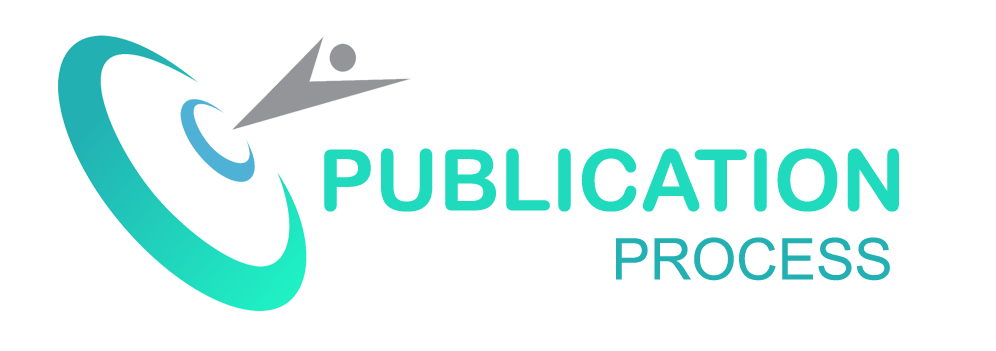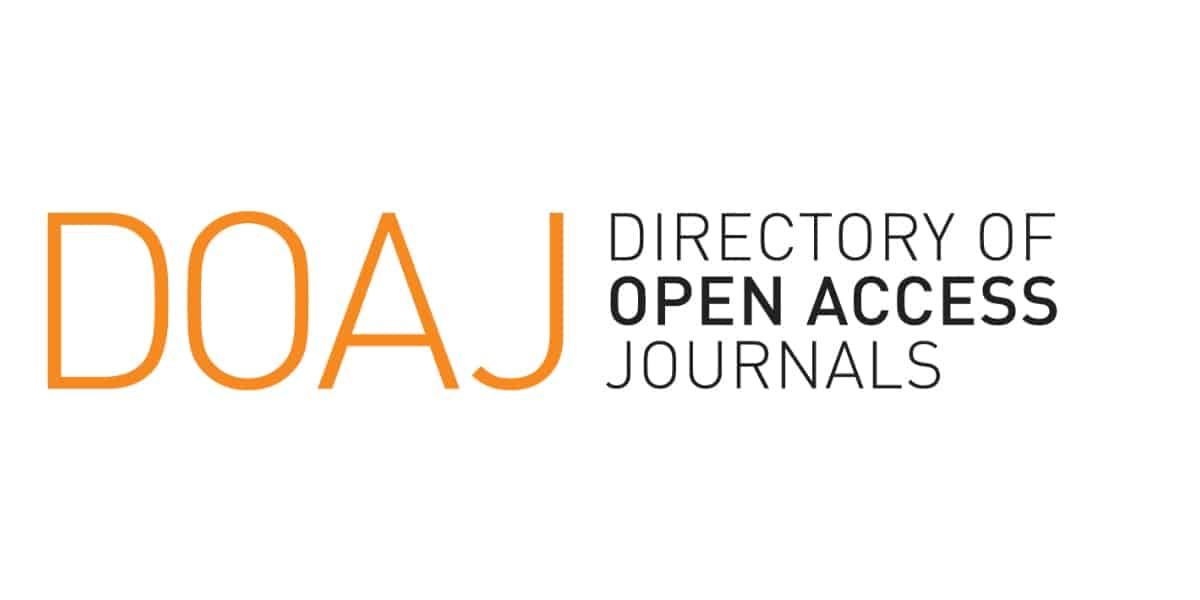Pengaruh Elektabilitas Gaya Kepemimpinan dan Lingkungan Kerja Terhadap Tingginya Turnover Karyawan PT. Sumi Rubber Indonesia
DOI:
https://doi.org/10.36805/manajemen.v9i1.5596Abstract
The purpose of this research was to find out and analyze the influence of the electability of leadership style and work environment on employee turnover at PT. Sumi Rubber Indonesia together. This research uses a quantitative approach. The samples in this study were employees at PT. Sumi Rubber Indonesia with a total of 73 people. Data collection in this study was in the form of a questionnaire. The data analysis techniques are validity test, reliability test, classical assumption test and multiple linear regression analysis. Hypothesis testing using, t test, f test, R test and R2 test. The results showed that: 1) The electability of leadership style has a significant effect on employee turnover, 2) The work environment has a significant effect on employee turnover, 3) The electability of leadership style and work environment has a significant effect on employee turnover in the Directorate of Sales and Marketing
Keywords: Electability of Leadership Style, Work Environment and Employee Turnover
Downloads
Downloads
Published
Issue
Section
License
Authors who publish in Jurnal Manajemen dan Bisnis Kreatif agree to the following terms:
- Authors retain copyright and grant the journal right of first publication with the work simultaneously licensed under a Attribution-ShareAlike 4.0 International (CC BY-SA 4.0) License that allows others to share the work with an acknowledgment of the work's authorship and initial publication in this journal.
- Authors are able to enter into separate, additional contractual arrangements for the non-exclusive distribution of the journal's published version of the work (e.g., post it to an institutional repository or publish it in a book), with an acknowledgment of its initial publication in this journal.
- Authors are permitted and encouraged to post their work online (e.g., in institutional repositories or on their website) prior to and during the submission process, as it can lead to productive exchanges, as well as earlier and greater citation of published work (See The Effect of Open Access).








